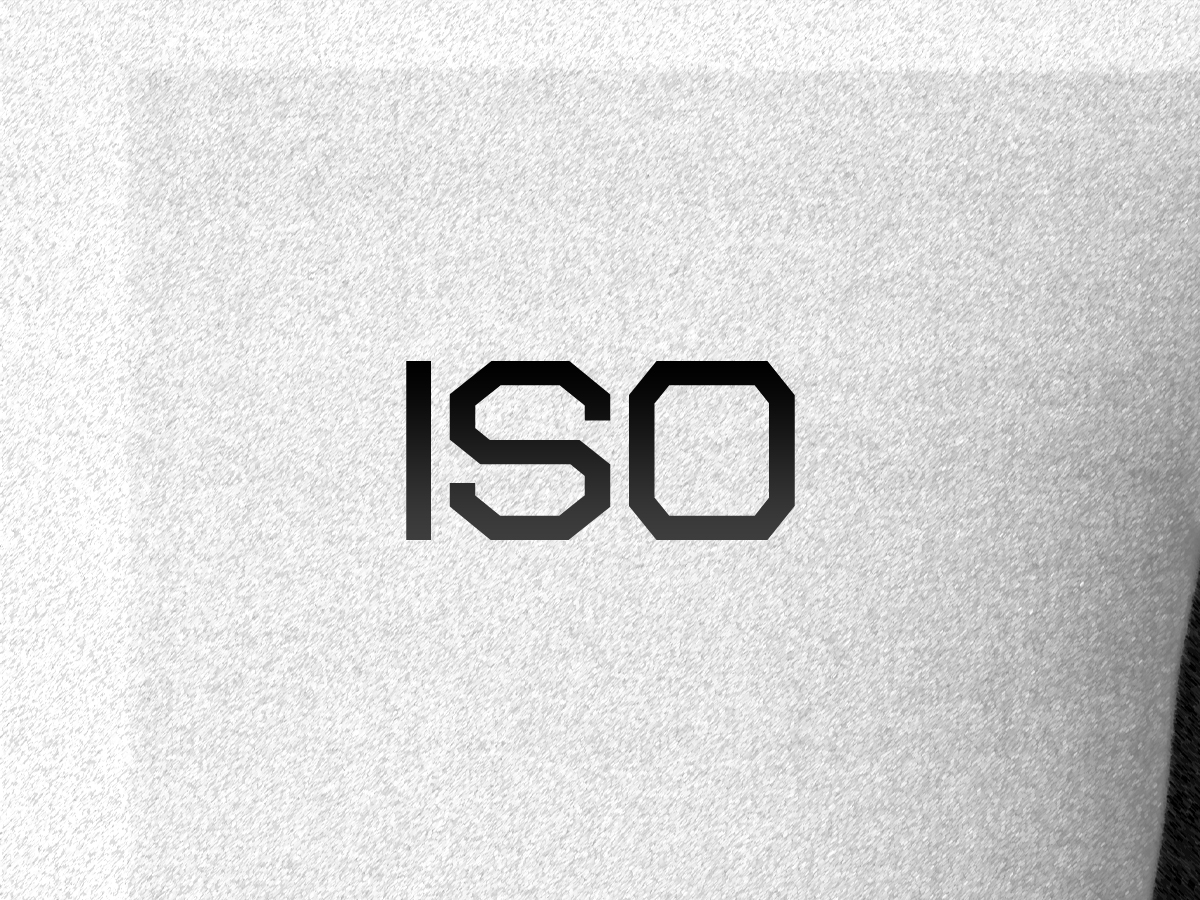How to Use AI to Support Integrated ISO Audits 🤖📋
As organizations embrace digital transformation, Artificial Intelligence (AI) is reshaping how audits are conducted—especially within integrated ISO management systems like ISO 9001 (Quality), ISO 27001 (Information Security), and ISO 14001 (Environmental). AI not only accelerates compliance checks but also enhances accuracy, reduces human bias, and improves audit planning. This guide explores how to effectively use AI to support integrated ISO audits in a modern enterprise.
🔍 What Are Integrated ISO Audits?
Integrated ISO audits evaluate compliance across multiple standards in one unified process. For example, a company may combine its quality, environmental, and information security audits. AI tools can streamline these overlapping controls and identify risks that affect multiple domains simultaneously.
🤖 Key Roles of AI in ISO Auditing
- Document Analysis: AI scans policies, procedures, and logs to match them with specific ISO clauses.
- Anomaly Detection: Identifies outliers or inconsistencies in financial, operational, and security data.
- Predictive Risk Assessment: Uses historical data to forecast potential areas of non-conformity.
- Continuous Monitoring: Enables real-time compliance alerts and performance tracking.
- Natural Language Processing (NLP): Helps interpret meeting notes, audit trails, and user feedback automatically.
🛠️ Tools That Use AI for ISO Auditing
- Kimova: AI audit assistant that supports ISO 27001 and ISO 9001 audits through automated evidence tagging.
- AuditBoard: Enables AI-powered risk scoring and document control validation.
- LogicManager: Provides AI-integrated dashboards for real-time risk analytics and internal audit tracking.
- Power BI + GPT connectors: Custom setups that allow companies to visualize AI-audited ISO performance across departments.
🔧 Sample Workflow: How AI Supports an Integrated Audit
- 📂 Upload Documents: AI parses uploaded documents and maps content to ISO standards.
- 📊 Analyze Data: Financial, operational, and incident data is analyzed for non-conformities.
- 🧠 Generate Findings: The AI suggests potential non-conformities and links them to related clauses.
- 🔁 Follow-up Suggestions: Proposes corrective actions and assigns tasks automatically.
- 📥 Generate Report: A full audit report is created, formatted to ISO structure, and ready for internal or external use.
✅ Benefits of Using AI for ISO Audits
- 📌 Time Efficiency: Automates data gathering and saves hundreds of audit hours.
- 📌 Accuracy: Removes human bias in document review and checklist evaluations.
- 📌 Audit Readiness: Maintains always-updated audit data for surprise audits or surveillance visits.
- 📌 Risk Visibility: Centralizes risk heatmaps and compliance status for all standards.
⚠️ Challenges and Considerations
- 🔐 Data Privacy: Make sure AI systems handling sensitive audit data comply with regulations (e.g., GDPR, ISO 27701).
- 📉 Over-reliance: AI should augment—not replace—qualified human auditors.
- ⚙️ Integration: Align AI tools with existing ERP, QMS, and DMS systems for seamless functionality.
- 🧪 Model Validation: Regularly review AI recommendations to ensure accuracy and relevance.
📈 Real-World Example
“After integrating AI into our ISO 9001 and ISO 27001 audits, we reduced manual effort by 60% and uncovered previously undetected risks in access control policies.” — Internal Auditor, Global Tech Firm
Related Content: https://7balance.org/how-will-ai-affect-auditing-iso-9001/
🧩 Best Practices for Success
- Start with one standard (e.g., ISO 9001), test AI support, and scale across other ISO systems gradually.
- Train audit teams to understand how AI recommendations are generated and validated.
- Establish clear roles: AI handles detection and matching; auditors focus on judgment and verification.
- Conduct pilot audits and track performance metrics (e.g., findings per audit hour, false positive rates).
📚 Conclusion
AI offers a powerful, scalable way to enhance the speed, depth, and accuracy of integrated ISO audits. From real-time monitoring to smart document mapping, it transforms auditing from a manual, checklist-driven task to a proactive, risk-intelligent process.
Whether you’re managing quality, security, environment—or all three—AI can provide the support needed for better compliance, fewer surprises, and more strategic insight. Just remember: AI is a tool, not a replacement. With proper use, it becomes an invaluable audit partner.

